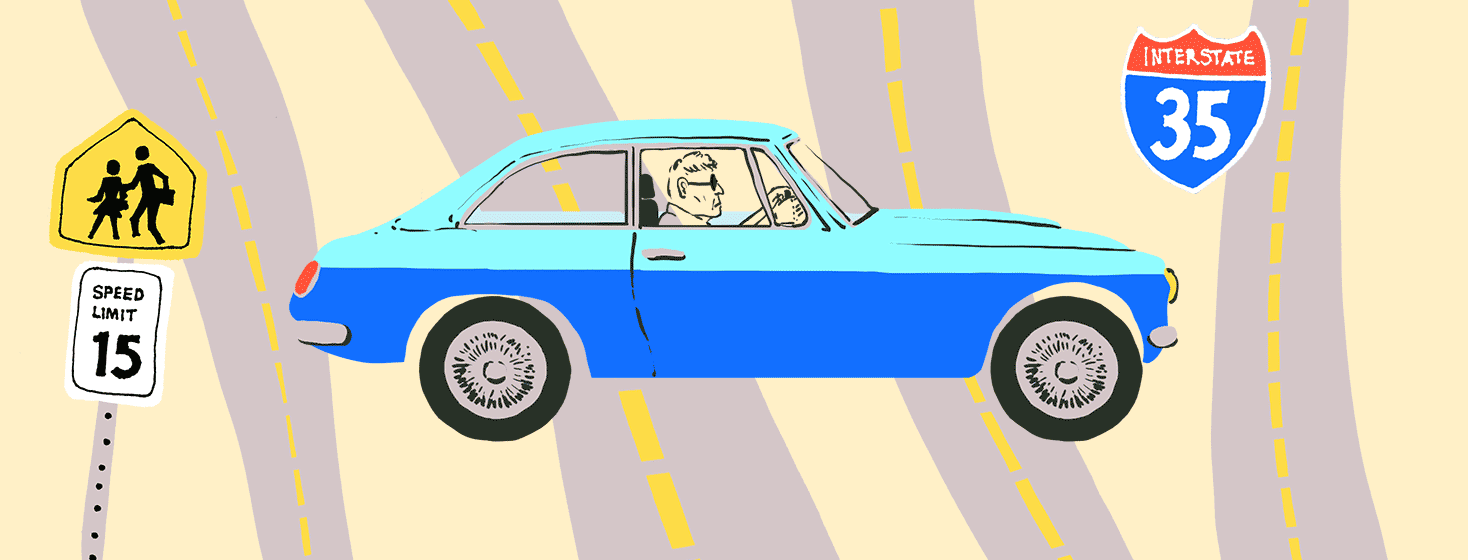Managing Light Sensitivity With MG
They say that "hindsight is 20/20." In the case of my husband's myasthenia gravis (MG), his sudden loss of 20/20 vision should have been our first clue to the possibility of myasthenia gravis.
I can vividly remember driving along and having him joke about "a 4-lane road" that was clearly 2-lane. He'd brush the problem off by saying: "I can make it go away by just closing one eye." We now know that's characteristic of ocular myasthenia gravis.1
Time for an appointment
Even before that, there were signs that my husband's vision was changing. Inside the house and outside, we had many discussions about the level of light. He became totally dependent on sunglasses outside.
When he began to wear sunglasses in the house, I began to really notice. And when he added his baseball cap to shade his eyes watching television, it was obviously time for a consultation. The eye doctor gave the first antibody test (AChR or acetylcholine receptor.) It came back negative and the idea was dropped. But the symptoms persisted.
We kept the heavy sunglasses that wrap around (like you'd wear after surgery) in the car. I learned to live with less lighting in the house and to be conscious of his constant sensitivity.
Dealing with photophobia and light sensitivity
Our experience is certainly not unique. More than 50 percent of myasthenia gravis patients begin with ocular symptoms. The muscular weakness that characterizes the condition seems to affect the eyes earlier than other areas of the body.2
Light sensitivity, or photophobia, can be mild (halos around objects) or significant enough to prevent clear sight. Like double vision, this photophobia seems to be worse when the person is tired or stressed in another way.3
In my husband's case, the optical symptoms persisted and got gradually - but measurably - worse. It got to the point where we were re-adjusting lighting and changing bulbs constantly. He resisted any further consultation with the eye doctor, though, because of a fear of having his driving limited.
Progressing to generalized MG
All these symptoms faded in priority when my husband's myasthenia gravis progressed to the generalized form. He lost the ability to swallow correctly and became plagued by aspiration pneumonia.
A long series of consultations, tests, and examinations eventually led to proper diagnosis and treatment. The very serious symptoms of the generalized form of the disease abated, and life became more predictable again.
But the optical symptoms persisted. In the evenings, he would fuss with his hat, the lamps, and the light level of the television. In the car, a collection of various sunglasses always had to be available. In the rare times that he drove, he would always check for vision issues and whether he'd be able to tolerate the light.
Challenges outside of the house
This isn't an unusual sequence of symptoms and treatments. It's a condition that people with myasthenia gravis often simply learn to live with. They may not even associate it with the general symptoms of the disease. But it is a condition that their advocates and co-workers must learn to understand.
Accommodations to photophobia are far easier at home than outside. Big box stores with their rafts of fluorescent lights become problematic. So do doctor's and dentist's offices, where everyone but my husband wants a bright environment.
On the job, requesting accommodations for the optical challenges of myasthenia gravis is very difficult. Offices are often over-lit with fluorescent lights, and have huge banks of windows.
Ample ambient light has been an architectural hallmark of the modern workplace. But for a person with myasthenia gravis (with even minimal symptoms) those workplaces can be a real barrier.
Mananging light sensitivity at home
In our house we have re-lit, re-arranged, and re-wired. A couple of our main lights were equipped with variable resistors (adjustable brightness). We moved a couple chairs so that the lighting was less direct.
For my own work, I got separate lighting that was directed at my own work area. With understanding, this has become a manageable problem. But in the world at large this sort of accommodation isn't nearly as practical.
Like many of the challenges that people like my husband face, more information must be one of the tools we request.

Join the conversation